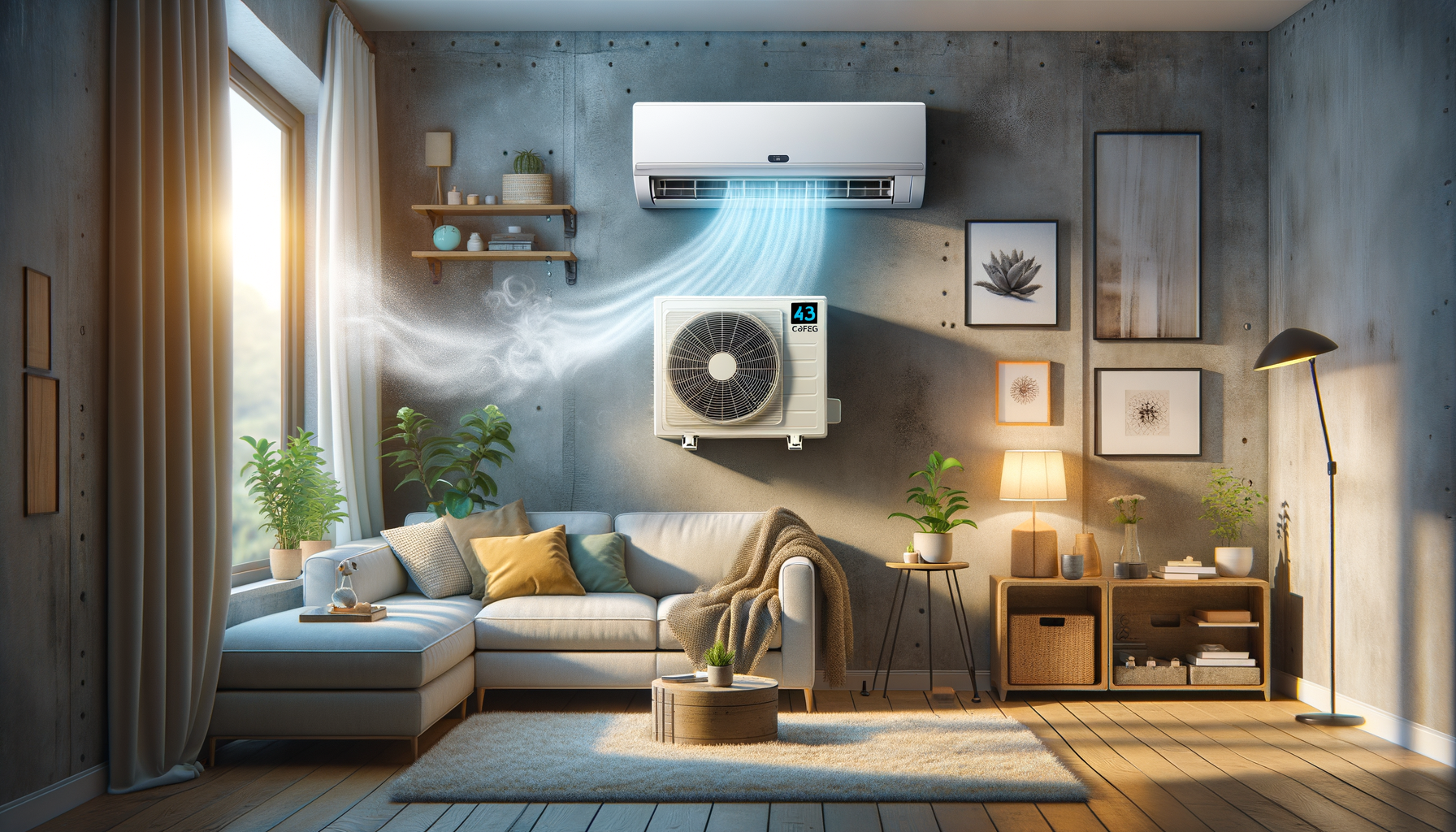Introduction to Ductless Air Conditioning
Ductless air conditioning systems, often referred to as mini-split systems, have gained significant popularity in recent years. Their rise can be attributed to the increasing demand for energy-efficient, flexible, and easy-to-install cooling solutions. Unlike traditional HVAC systems that rely on a network of ducts to distribute air throughout a building, ductless systems provide direct cooling or heating to specific areas. This innovation not only enhances comfort but also offers a practical solution for homes without existing ductwork.
The relevance of ductless air conditioning systems is evident in both residential and commercial settings. As energy costs continue to rise and environmental concerns become more pressing, homeowners and businesses are seeking sustainable solutions. Ductless systems answer this call by offering a highly efficient alternative that reduces energy consumption and minimizes environmental impact. Furthermore, their versatility makes them suitable for a variety of applications, from single-room cooling to whole-house solutions.
How Ductless Systems Work
Understanding the mechanics of ductless air conditioning systems is essential for appreciating their benefits. These systems consist of two main components: an outdoor compressor unit and one or more indoor air-handling units. The indoor units are usually mounted high on a wall or ceiling, and they are connected to the outdoor unit via a conduit that houses the power cable, refrigerant tubing, and a condensate drain.
The process begins with the outdoor unit compressing the refrigerant, which is then circulated to the indoor units. Here, the refrigerant absorbs heat from the indoor air, cooling it before it is circulated back into the room. This cycle efficiently transfers heat from inside to outside, providing effective cooling without the need for ducts.
One of the key advantages of ductless systems is their zoning capability. Each indoor unit can be controlled independently, allowing users to cool different areas of a building according to their needs. This feature not only enhances comfort but also contributes to energy savings by allowing users to cool only the spaces that are in use.
Benefits of Ductless Air Conditioning
Ductless air conditioning systems offer a range of benefits that make them an attractive option for many homeowners and businesses. One of the most significant advantages is their energy efficiency. By eliminating the energy losses associated with ductwork, these systems can reduce energy consumption by up to 30% compared to traditional systems.
Another benefit is the ease of installation. Because they do not require ductwork, ductless systems can be installed quickly and with minimal disruption to the home or building. This makes them an ideal solution for older homes or buildings where installing ductwork would be impractical or too costly.
In addition to energy efficiency and ease of installation, ductless systems offer improved indoor air quality. Traditional duct systems can accumulate dust, allergens, and other pollutants, which are then circulated throughout the home. Ductless systems, on the other hand, have advanced filtration capabilities that help to reduce these contaminants, resulting in cleaner, healthier air.
Comparing Ductless and Traditional HVAC Systems
When deciding between ductless and traditional HVAC systems, it’s important to consider the specific needs of your home or business. Traditional systems, with their extensive ductwork, are well-suited for new constructions where ducts can be easily integrated into the design. They are also effective for large spaces that require consistent temperature control throughout.
Ductless systems, however, shine in scenarios where flexibility is key. They are particularly beneficial in homes without existing ductwork, in room additions, or where individual room control is desired. The zoning capabilities of ductless systems allow for customized comfort settings in different areas, which can lead to significant energy savings.
Cost is another factor to consider. While the initial investment for a ductless system can be higher than for a traditional system, the long-term savings on energy bills and maintenance can offset this cost. Additionally, the reduced need for duct cleaning and repairs can further enhance the value of a ductless system over time.
Future Trends in Ductless Air Conditioning
The future of ductless air conditioning looks promising, with several trends indicating continued growth and innovation in this field. One such trend is the integration of smart technology. Many modern ductless systems now come with smart thermostats and connectivity features that allow users to control their systems remotely via smartphones or other devices. This not only enhances convenience but also enables more precise control over energy usage.
Another trend is the increasing focus on environmental sustainability. Manufacturers are continually working to improve the efficiency of ductless systems, reducing their environmental impact. This includes the use of more eco-friendly refrigerants and the development of systems that can integrate with renewable energy sources.
Lastly, as the demand for flexible and efficient cooling solutions grows, we can expect to see further innovations in the design and functionality of ductless systems. This could include advancements in noise reduction, improved aesthetics, and even more advanced filtration systems to enhance indoor air quality.




Leave a Reply